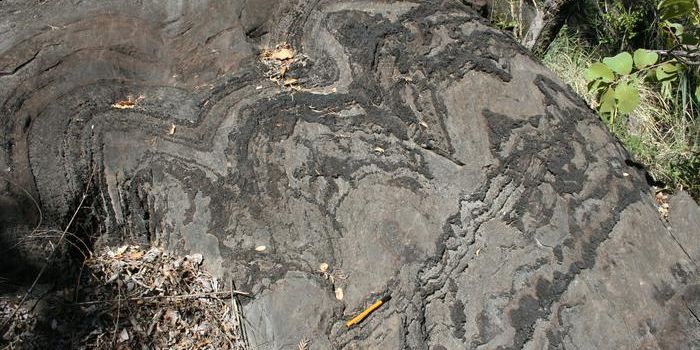Bioengineered Cornea Helps Restore Sight for the Visually Impaired
Corneal disease refers to a range of conditions that can cause significant damage to the cornea, the clear tissue layer around the eye. Many of these conditions—infections, keratitis, and more—and all cause damage to the cornea that can eventually lead to impaired vision or blindness. According to the World Health Organization, around 1 billion people have some kind of severe vision impairment or blindness, with about 4.2 million due to “corneal opacities.”
While many of these conditions are preventable, the fact remains that long-term exposure to corneal diseases can significantly impact a person’s visions. Often, an actual human corneal transplant is needed to replace a damaged cornea and restore vision. However, obtaining a human cornea is not always easy or an accessible option.
Researchers at Linkoping University in Sweden have bioengineered a corneal impact that could help restore vision to people suffering from blindness or vision impairment. Their engineered corneal implant is described in a recent paper published in Nature Biotechnology.
To design the implant, researchers used proteins from a pig's skin to create collagen. The collagen formed a clear material that was both flexible and durable, making it easier to transplant the cornea into the eye. The collagen was also produced following very strict safety and purification standards. In addition, pig skin proved to be an economically viable option due to pig skin being a common waste product from the food industry.
The pig-based corneas also have longevity benefits over a human cornea for transplant; the pig-based cornea can be stored for up to two years before given to a patient in need, verus the few weeks a human cornea can last.
The research team also described a procedure to transplant the pig-based cornea into an existing cornea in patients with keratoconus. A condition characterized by a thinning cornea, the main treatment involves removing an existing cornea and replacing it, making it a very invasive procedure. The researcher team showed that adding the pig-based cornea to an existing one was both safe, effective, and less invasive.
Sources: EurekaAlert!; WHO; Nature Biotechnology








